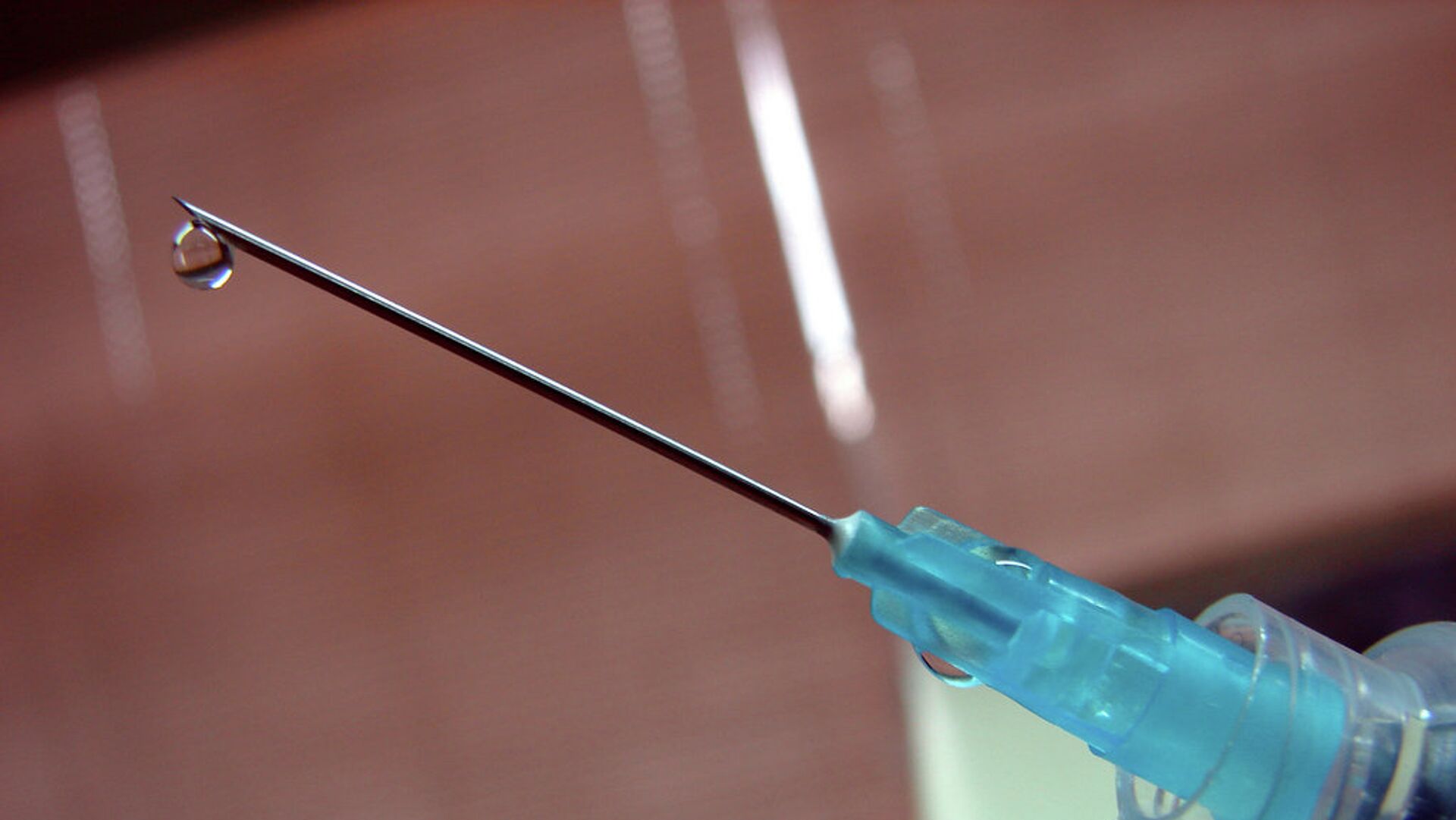https://sputnikglobe.com/20220129/steroids-may-cause-damage-to-users-testicles-for-years-study-says-1092484132.html
Steroids May Cause Damage to Users' Testicles for Years, Study Says
Steroids May Cause Damage to Users' Testicles for Years, Study Says
Sputnik International
Once again, researchers have proven that steroids may be very dangerous for men's health. 29.01.2022, Sputnik International
2022-01-29T05:37+0000
2022-01-29T05:37+0000
2022-01-29T05:37+0000
denmark
steroids
bodybuilding
https://cdn1.img.sputnikglobe.com/img/101696/31/1016963123_0:0:1024:577_1920x0_80_0_0_140708924bc4ec6297f8d8fd339180ec.jpg
A group of Danish scientists from Rigshospitalet, the nation's largest hospital, have identified a hormone created by Leydig cells in the testicles that produce testosterone, regulating the work of the genitalia, according to a study published in the Journal of Clinical Endocrinology & Metabolism.At least 132 men, aged 18 to 50, were engaged in the study. They were divided into three groups: those who are currently using anabolic steroids; men who used to use them; and those who had never used them. Scientists were measuring their serum insulin-like factor 3 (INSL3) because testosterone levels in the blood can vary during the day.Results show that for current steroid users, the INSL3 level was seriously suppressed, and men who previously used steroids also showed lower INSL3 concentrations - and the longer the use, the lower their INSL3 count was.This means steroid users may face low testosterone later in life, resulting in decreased sperm count, low libido, and erectile issues.
denmark
Sputnik International
feedback@sputniknews.com
+74956456601
MIA „Rossiya Segodnya“
2022
Evgeny Mikhaylov
https://cdn1.img.sputnikglobe.com/img/07e4/09/07/1080390164_0:0:1440:1440_100x100_80_0_0_46c187f2ab0908f86849a7d09a7def57.jpg
Evgeny Mikhaylov
https://cdn1.img.sputnikglobe.com/img/07e4/09/07/1080390164_0:0:1440:1440_100x100_80_0_0_46c187f2ab0908f86849a7d09a7def57.jpg
News
en_EN
Sputnik International
feedback@sputniknews.com
+74956456601
MIA „Rossiya Segodnya“
Sputnik International
feedback@sputniknews.com
+74956456601
MIA „Rossiya Segodnya“
Evgeny Mikhaylov
https://cdn1.img.sputnikglobe.com/img/07e4/09/07/1080390164_0:0:1440:1440_100x100_80_0_0_46c187f2ab0908f86849a7d09a7def57.jpg
denmark, steroids, bodybuilding
denmark, steroids, bodybuilding
Steroids May Cause Damage to Users' Testicles for Years, Study Says
Once again, researchers have proven that steroids may be very dangerous for men's health.
A group of Danish scientists from Rigshospitalet, the nation's largest hospital, have identified a hormone created by Leydig cells in the testicles that produce testosterone, regulating the work of the genitalia, according to a study published in the Journal of Clinical Endocrinology & Metabolism.
At least 132 men, aged 18 to 50, were engaged in the study. They were divided into three groups: those who are currently using anabolic steroids; men who used to use them; and those who had never used them. Scientists were measuring their serum insulin-like factor 3 (INSL3) because testosterone levels in the blood can vary during the day.
Results show that for current
steroid users, the INSL3 level was seriously suppressed, and men who previously used steroids also showed lower INSL3 concentrations - and the longer the use, the lower their INSL3 count was.
"Our results suggest a long-lasting impaired gonadal capacity in previous anabolic steroid users", Dr Jon J. Rasmussen stated
This means steroid users may face low testosterone later in life, resulting in decreased sperm count, low libido, and erectile issues.
"The results raise the question of whether some previous anabolic steroid users should receive medical stimulation therapy to increase Leydig cell capacity in the testicles", the scientist added. "This therapy would include drugs used to block oestrogen production or its conversion to testosterone, such as aromatase inhibitors and selective oestrogen receptor modulators".


